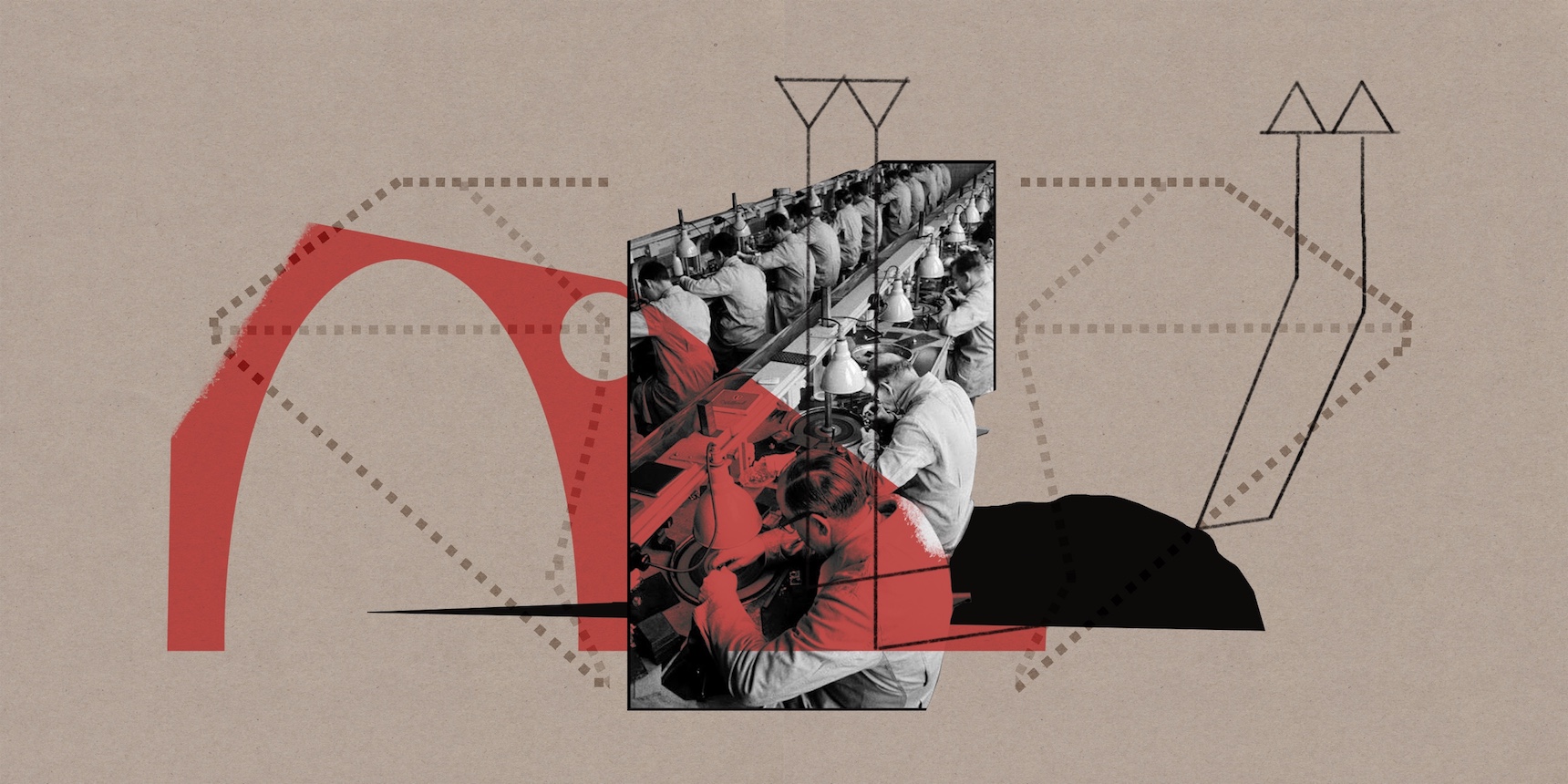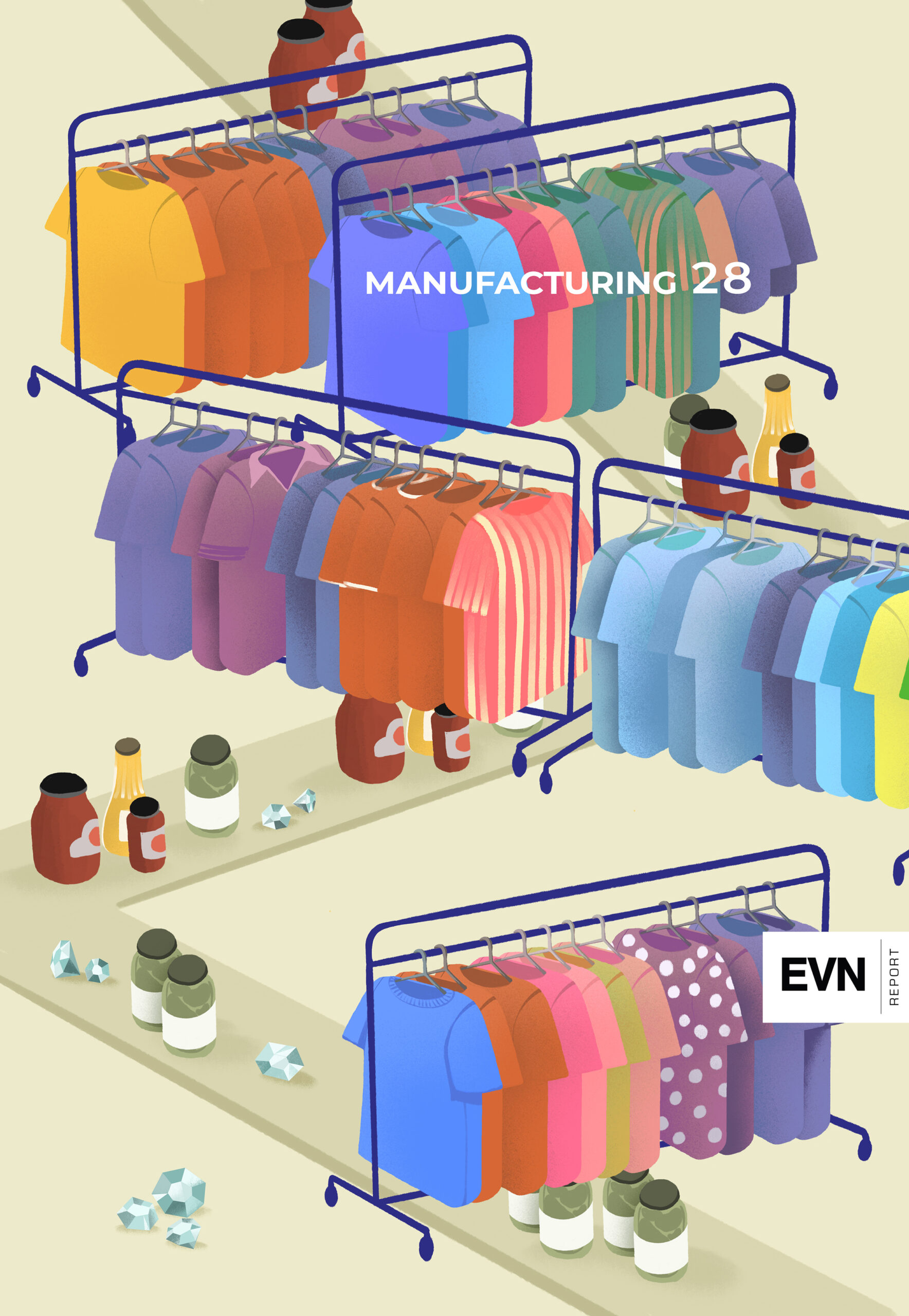

The Armenian government has always emphasized the importance of the diamond industry as a key branch of the economy. Despite some fluctuations, the industry is well-established in Armenia, as evidenced by the volumes in diamond production and processing, as well as in foreign trade.
The Processing and Production of Diamonds
According to the Statistical Committee, Armenia processed 60-80 thousand carats of diamonds annually until 2010-2015. However, after 2016, this number significantly increased, and by 2020, the country was already processing 258,000 carats. Because Armenia lacks diamond reserves, Armenian diamond workers refine or process imported raw diamonds before re-exporting them at a higher price.
Although diamond production in Armenia declined after 2020, it still remains a key component of the economy and a key component of manufacturing. For example, in 2022, the volume of diamond processing reached 37.3 billion AMD, whereas in 2018, about 49 billion AMD worth of diamonds were processed in Armenia.
One indicator of the decline in this industry is the number of enterprises engaged in diamond processing. This number has been continuously decreasing in recent years. In 2011, there were seven organizations engaged in diamond processing. That number rose to 11 in 2017-18, and by 2022, that number had declined to only six.
The Diamond Trade
The diamond industry plays an important role in Armenia’s foreign trade turnover. In 2022, the import and export of diamonds exceeded the previous year’s indicator by 3.5 times, totaling more than 800 million dollars. This accounts for 5.7% of Armenia’s foreign trade turnover. However, recent trends have deviated from the norm, in part due to the ongoing Russian-Ukrainian war, and it is difficult to determine which part of this rapid development is due to the strength of Armenia’s economy, and which is just re-exported diamonds.
2022 was different from previous years in that, for the first time, exports topped imports and both imports and exports saw a record rise that year.
Magazine Issue N28
Manufacturing
In this issue, we explore Armenia’s diverse manufacturing industries, from food production to textile manufacturing to diamond processing. We delve into the challenges and opportunities facing each sector, the innovations driving growth, and the impact on Armenia’s economy and society.
Measure Twice, Cut Once: Armenia’s Textile Industry
Creating economically complex, high value-added textile products is the key to competitiveness in global markets. However, the added value index of the textile sector in Armenia has decreased over the last three years, indicating a decline in productivity. What is the government doing?
Read moreArmenia’s Manufacturing Industry: An Overview
By promoting manufacturing, Armenia can shift its economic reliance away from traditional sectors such as agriculture and mining and move toward value-added activities and create a path toward sustainable economic growth and prosperity.
Read moreWhile the number of processing enterprises decreased, the number of import and export companies increased last year. According to data from the State Revenue Committee (SRC), 55 companies were involved in importing diamonds and 33 were involved in exporting them in the last year alone. This is a significant increase from 2018, when only 49 companies were involved in importing and 18 were exporting, as per the same SRC data.
Traditionally, diamonds were imported from Belgium, Russia and the United Arab Emirates. However, in recent years, imports from Hong Kong and India have also increased. The primary export destination was originally Belgium, but gradually shifted to the United Arab Emirates, which has now become the largest destination. More recently, the Russian Federation has also become a major destination for exports.
What Is the State Doing and Thinking?
The diamond industry began developing in Soviet Armenia starting from the 1970s. After the collapse of the USSR, this sector persevered but with certain challenges. In 1997, an agreement was signed between the Armenian government and the Russian company Alrosa, one of the largest diamond mining companies in the world, to supply Armenian companies with 300-350 thousand carats of diamonds annually.
This arrangement enabled Armenian companies to gain an advantage over other countries in terms of raw material acquisition costs, which facilitated the opening of both local and large international companies in Armenia, with the latter getting the opportunity to acquire Russian raw materials on preferential terms by operating in Armenia. In those years, a number of large companies entered the Armenian market: Rosy Blue, Lev Levaev, Diamonds, Tache and others.
And by 2002, the diamond industry reached the peak of its development: 370 thousand carats of processed diamonds.
However, the contract with Alrosa was terminated that year and gradually this sector began to decline.
The 2007-2008 global financial crisis had a negative impact on the demand for luxury goods, reducing the demand for processed diamonds as well. In 2009, the volumes of processed diamonds declined by 7.4 times compared to 2002, reaching 50 thousand carats.
After the economic crisis, the diamond industry began to recover. This was also facilitated by the state’s liberalization of the sector (exemption from value added tax and import and export customs duties).
In 2013, Armenia’s government approved the 2013-2020 strategic plan for the diamond industry, which became a new impetus for the development of the sector, and as mentioned, already in 2020, the volumes of processing reached 258 thousand carats.
The government has declared diamond processing and jewelry as key strategic branches of manufacturing. This is also reflected in the government’s program for 2021-2026.
The most significant step that the state has taken to develop the sector was the establishment of the Hay-Almast closed joint stock company in December 2021. The government made this decision and justified it by stating that over the past decade, the Russian Alrosa has sold raw materials exclusively to large companies under long-term contracts requiring them to purchase a fixed amount of raw materials each month. Armenian firms have been unable to individually obtain the required amount of raw materials and are effectively prevented from importing raw materials from Alrosa. In other words, Hay-Almast collects orders from local companies and buys raw materials from Alrosa in one lot, serving de facto as a financial intermediary.
The government claims that creating the company will increase diamond exports by an average of $150 million per year, increase the number of people employed in the sector to 5,000, and increase the number of large enterprises operating to 20-25.
Armen Yeganyan, the head of the Industrial Policy Department at the Ministry of Economy, is not concerned about the decrease in the number of firms and production volumes in the diamond industry in Armenia. He says that the industry is well-established, and that there have been only insignificant fluctuations in the number of enterprises involved in it recently.
In addition, Yeganyan reports that a new company, the Indian KGK Group has started operating in Armenia this year, and another company will open a branch in Armenia in the coming months.
Diamonds are not considered essential commodities, and their consumption is often deprioritized during times of crisis. However, for some individuals, diamonds can be a way to safely store their assets during such situations. This may cause an increase in diamond consumption or, at the very least, prevent a decline. Regardless, Yeganyan is hopeful that the current rate of increase in diamond production and export will be maintained in the coming years.




